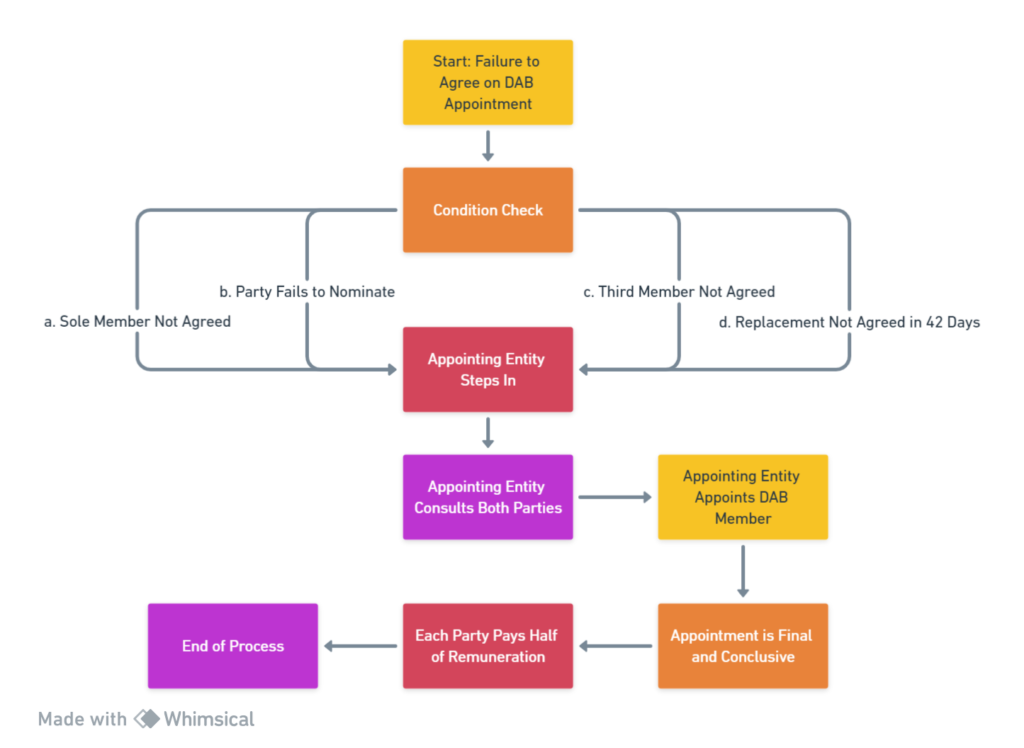Clause 20.3 serves as a safety net in the FIDIC contract framework, ensuring that the Dispute Adjudication Board (DAB) remains functional even when parties fail to agree on the appointment of a new member.

image 28
Clause 20.3 serves as a safety net in the FIDIC contract framework, ensuring that the Dispute Adjudication Board (DAB) remains functional even when parties fail to agree on the appointment of a new member.